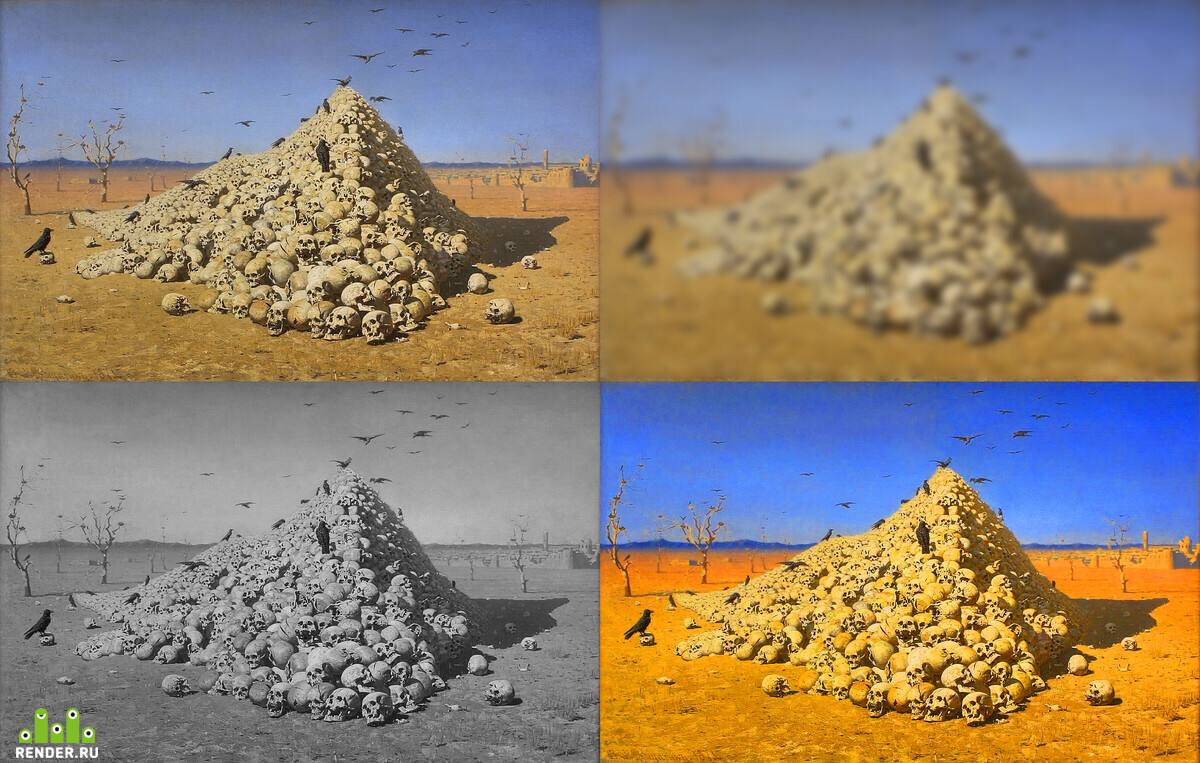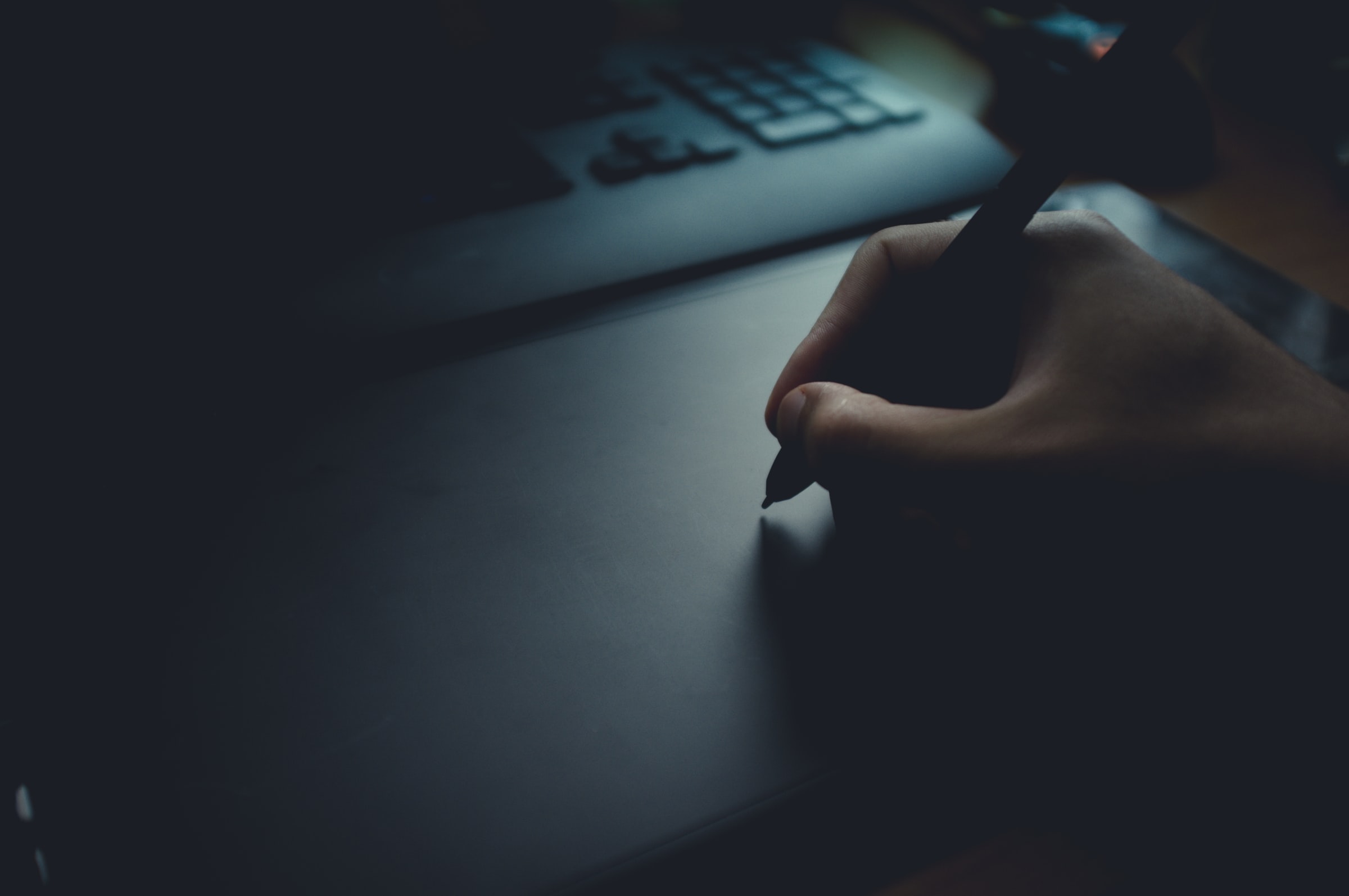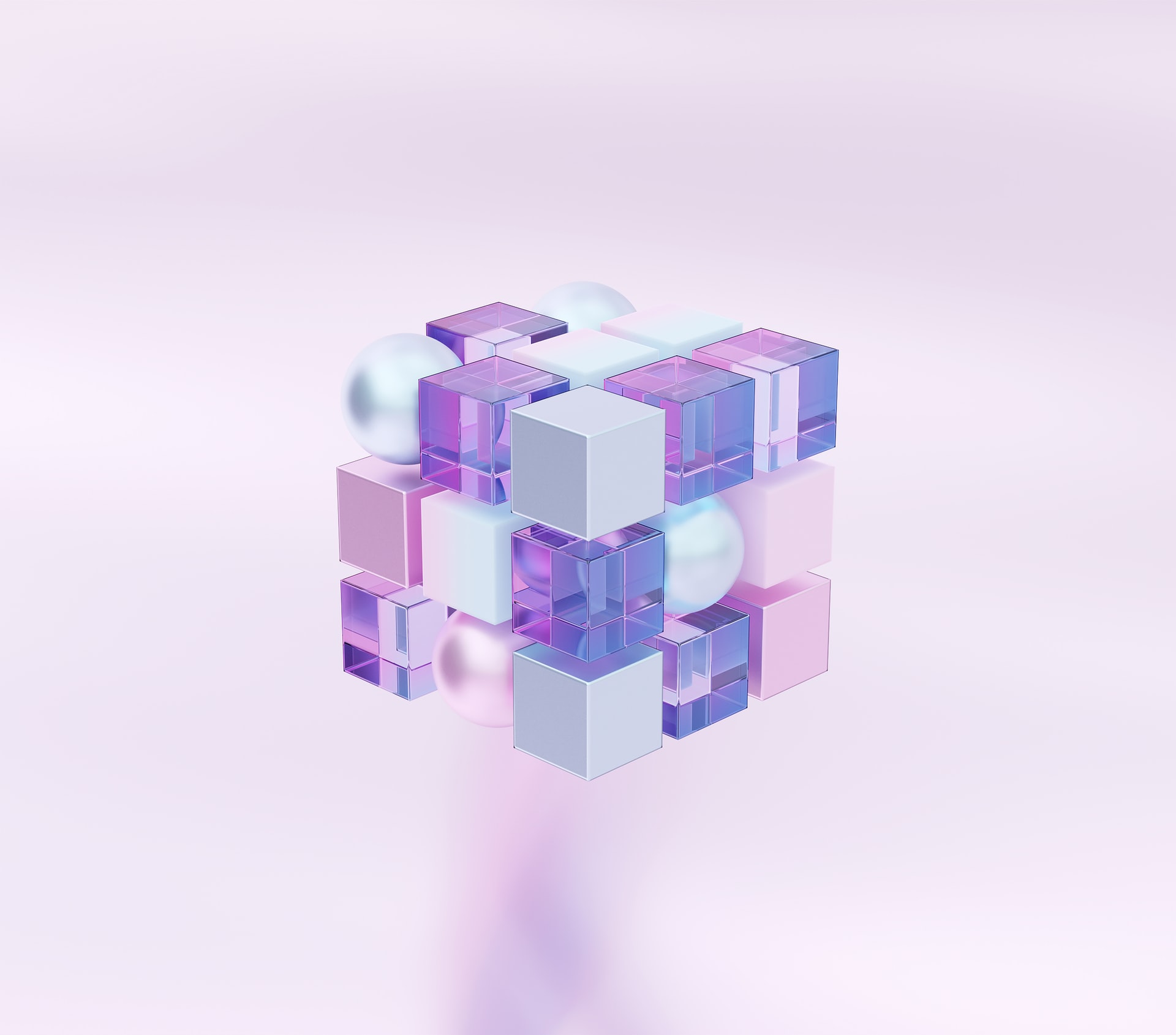Devoted CG Blog

3D, Texture, Tips
Texture Guide. Final Texture Check
Learn more
Tutorials
2 years ago• 6 min read

How to Get Paid for Your Artwork: Making Your Art Portfolio Work for You
Career in Gamedev
1 year ago• 4 min read

Crafting High-Quality Assets the Easy Way
Handy Tips
1 year ago• 4 min read

An Introduction to 3D Character Animation
Tutorials
1 year ago• 5 min read

The Funniest Props We Found on ArtStation
Other
2 years ago• 3 min read

Texture Guide. Final Texture Check
Tutorials
2 years ago• 6 min read
Popular last months

Crafting High-Quality Assets the Easy Way
Handy Tips
1 year ago• 4 min read

Texture Guide. Final Texture Check
Tutorials
2 years ago• 6 min read

Everything You Might Want to Know About Props Artists
Career in Gamedev
2 years ago• 4 min read
Collaborate,
Create, Captivate
Stay informed
with Devoted Studios